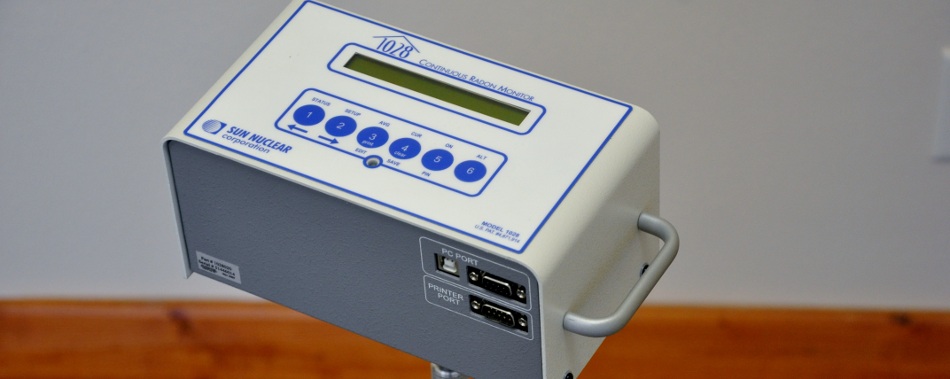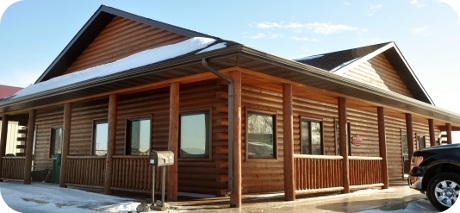Radon testing is the only way to determine if you have high levels of radon (radioactive gas) in your home. Radon gas is the second leading cause of lung cancer. We provide both radon testing and, if needed, radon mitigation to ensure the radon gas is pumped out of your home.
What Radon Is
Radon is a radioactive gas. It is colorless, odorless, tasteless, and chemically inert. Unless you test for it, there is no way of telling how much is present. Radon is formed by the natural radioactive decay of uranium in rock, soil, and water. Naturally existing, low levels of uranium occur widely in the Earth's crust. It can be found in all 50 states. Once produced, radon moves through the ground to the air above.
How it can get into your house
Radon produces short-lived decay products and some of these are radioactive. Unlike radon, the decay products are not gases and can easily attach to dust and other particles. Those particles can be transported by air and can also be breathed.
Most indoor radon comes into the building from the soil or rock beneath it. Radon and other gases rise through the soil and get trapped under the building. The trapped gases build up pressure. Air pressure inside homes is usually lower than the pressure in the soil. Therefore, the higher pressure under the building forces gases though floors and walls and into the building. Most of the gas moves through cracks and other openings. Once inside, the radon can become trapped and concentrated. Openings which commonly allow easy flow of the gases into a house include the following:
- Cracks in floors and walls
- Gaps in suspended floors
- Openings around sump pumps and drains
- Cavities in walls
- Joints in construction materials
- Gaps around utility penetrations (pipes and wires)
- Crawl spaces that open directly into the building
What is the acceptable level of radon?
Radon is measured using picocuries (pCi). Picocuries is a unit of measurement used to determine levels of radiation. The EPA Action Level for radon in a home is 4.0 pCi/liter. It is estimated that approximately 1 in 15 homes has radon above the recommended action level.
What are the health effects of radon?
The Surgeon General has warned that radon is the second leading cause of lung cancer in the United States. There are currently no conclusive data on whether children are at greater risk than adults from radon. No specific subtype of lung cancer is associated with radon exposure.
How we test for radon The short-term testing method for radon requires that a test kit or monitor be exposed for 48 hours. We place the test kit or set up a monitor, and retrieve the test kit or monitor after 48 hours. If a monitor is used (which is our most common testing method), we can retrieve the results at our office immediately after the testing is completed and provide you with a written report. If a test kit is used, we send the test kit to the lab and provide you with a report on the results once the results are received back from the lab. Our report may also provide some recommendations regarding what process to pursue after you receive your results.
The short-term testing method for radon requires that a test kit or monitor be exposed for 48 hours. We place the test kit or set up a monitor, and retrieve the test kit or monitor after 48 hours. If a monitor is used (which is our most common testing method), we can retrieve the results at our office immediately after the testing is completed and provide you with a written report. If a test kit is used, we send the test kit to the lab and provide you with a report on the results once the results are received back from the lab. Our report may also provide some recommendations regarding what process to pursue after you receive your results.
Having us provide the radon testing can be helpful in real estate transactions so that you have an independent third party performing the test. In addition, you have the added benefit of our experience with testing multiple sites. We also have the equipment and test kits available to perform long-term testing, if your test results are high and you choose that option.


